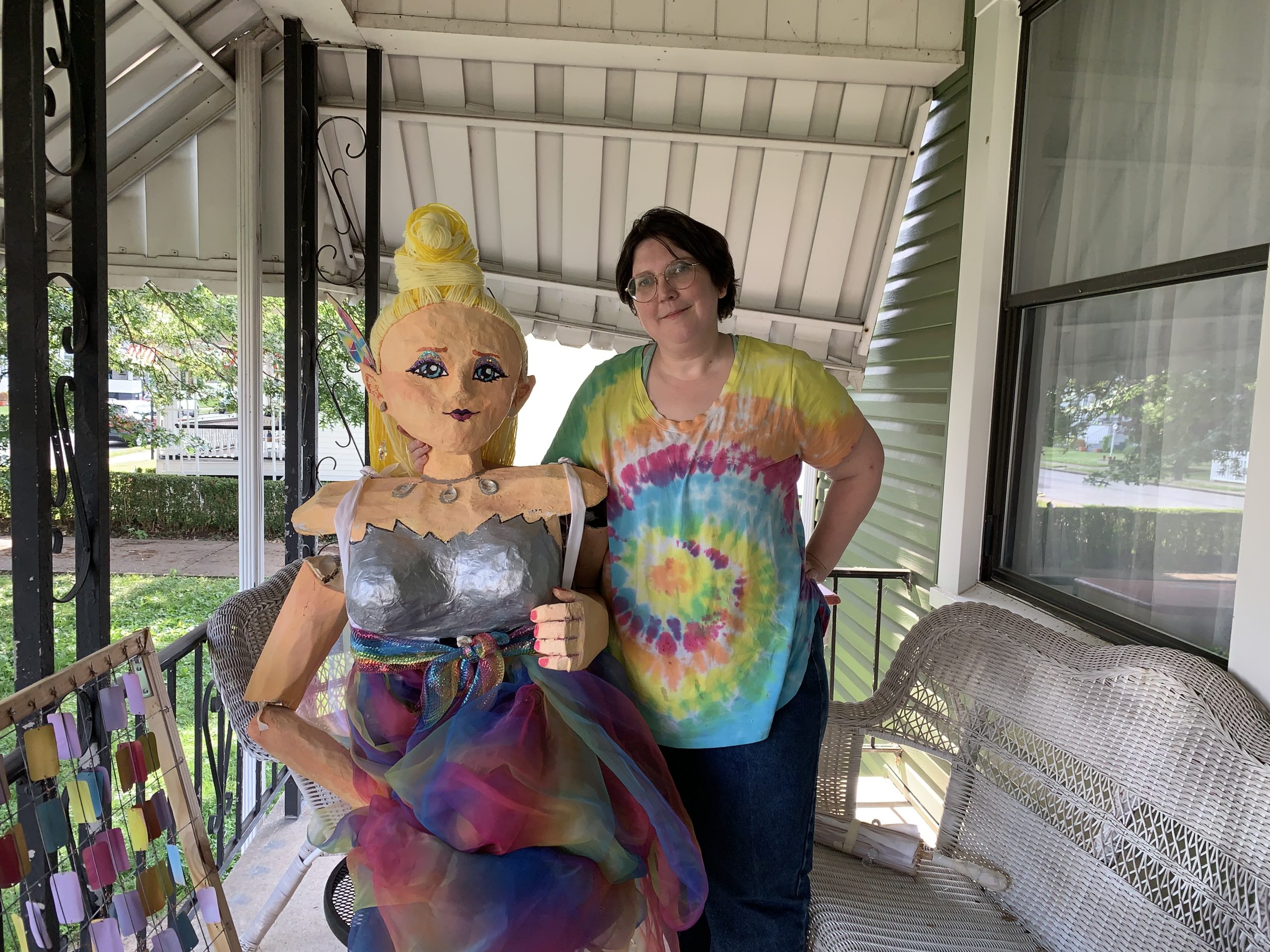Puppets have entertained societies for thousands of years. Some were crude, like hand or sock puppets, while others were more elaborate, like marionettes and larger-than-life costumes. No matter their shape or size, people have been amazed by their uncanny appearances for generations.
In the 1600s, amidst political and social upheaval in England, puppets took on a new form; they became tools of protest. Conventional theater had been banned amidst the English Civil War for fear that the art form would spread revolutionary thought. To subvert the censors, and to poke fun at a society obsessed with conformity, puppet shows popped up around the nation.
This tradition of ‘radical puppetry’ spread throughout Europe to the chagrin of despotic leaders across the continent. When Austria-Hungary began a process of ‘Germanization’ in the 18th century, targeting the Czech language, among other policies, ethnic Czechs defied orders to speak German by holding puppet shows in their native tongue. In Portugal, in the early 20th century, anti-government protesters mocked the autocratic regime with puppets.
Today puppets continue to play a role in protest and political demonstration. Here in the United States during the 1999 protests against the World Trade Organization in Seattle, Washington, giant puppets filled the streets to draw attention to the movement. In modern demonstrations, larger-than-life replicas of political leaders, often exaggerated, appear amongst the crowds.
Wheeling, West Virginia, saw the tradition of radical puppetry continue as the ‘Great Rainbow Fairy’ made an appearance at Pride on the Plaza, Saturday, June 10. The puppet–designed, created, and worn by Libby Horacek, a Wheeling resident and worker-owner at Position Development–played a large role in a lot of people’s experience at the festival.
Horacek was inspired to make the ‘Great Rainbow Fairy’ after attending the May 13 Pittonkatonk concert in Pittsburgh where artists wandered the event in costume. “I saw a couple people on stilts and thought, ‘Ah, I love that image of big people–it’s fun,’” Horacek said. She says she’s always been impressed by the large puppets at demonstrations, as well.
She also used the ‘Great Fairies’ from Nintendo’s Breath of the Wild, who players visit to offer blessings on their armor, as inspiration for the project. Remembering that the Friendler City Project’s Pride festival was coming up, Horacek decided she wanted to make a large puppet.
“It was an iterative process,” Horacek said of the puppet, saying the vision kept evolving as she thought about it. She started work in earnest on May 28, spending her time before and after work creating the ‘Great Rainbow Fairy.’ When she started, though, Horacek didn’t know if she would be able to pull it off. “If this goes completely bust then I don’t want to have invested a ton of money,” she said. She used mostly recycled materials in its creation.
The puppet is made of paper mache with a cardboard torso and frame, with plenty of masking tape to hold it together. Horacek used yarn for the hair, and a bed sheet and tulle for the dress. The arms of the puppet were moveable, a design process which Horacek described as ‘painful.’ “It was so hard to figure out a way to both make [the arms] moveable, and so they wouldn’t fall off.”
“Right before the event I was about to cry,” Horacek said. “I spent weeks on this thing and it looks horrible. All I could see was everything that was wrong with it.” She thought people would hate the puppet, or think it was creepy. Then, when she showed up to the festival, she said it seemed to bring people a lot of joy.
“I just intended for people to be surprised and excited by it,” Horacek said of the ‘Great Rainbow Fairy.’ She hoped people would feel special in seeing something that they may not have at other pride festivals across the country. Horacek said a lot of people asked for photos, giving attendees a memento that they wouldn’t forget.
“A lot of people reacted by talking up to the head,” Horacek said, something she thought was funny. Other guests asked how she could see out of the costume, looking up at the fake face, to which Horacek would reply, “I’m down here.” Her face sat at the puppet’s waistline.
While the ‘Great Rainbow Fairy’ was fun there were some challenges for Horacek. Asked about the hardest part she bluntly said, “staying hydrated–staying conscious during the end.” This is Horacek’s second year doing a large art project for Wheeling pride events so she thought she was prepared, but the nearly twenty-pound puppet still caused her to feel exhausted.
“Pride is a crucial combination of the celebration of individuality and the things that make us different and unique, and the things that bring us together–that we fight for together,” Horack said. “I think, in Wheeling, there’s an element of defiance to it,” she said of the ‘Great Rainbow Fairy.’ “She’s so big you cannot ignore her. She’s out there and she’s in your face. She’s glam and she’s fabulous–and that’s a good thing.”
June 10 wasn’t the end for the ‘Great Rainbow Fairy,’ either. Horacek says she’ll give the puppet a few touch-ups and bring her out for Ohio Valley Pride’s event scheduled for July 8-9 at Wheeling’s Heritage Port. Make sure to get a picture with her while she’s there!
Horacek is working on a project with Wheeling Heritage called ‘Visions of a Solar Punk Wheeling,’ a zine where she is collecting artwork and writing themed around imagining a sustainable and ecologically just Wheeling. Draft submissions of art are being accepted until July 1. Visit makewheeling.com/solarpunk for more information.











